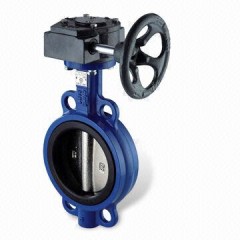Valves
Gate Valves
A Gate Valve, also known as a Sluice Valve, is a Valve that opens by lifting a round or rectangular gate/wedge out of the path of the fluid. The distinct feature of a Gate Valve is the sealing surfaces between the gate and seats are planar.
The gate faces can form a wedge shape or they can be parallel. Typical Gate Valves should never be used for regulating flow, unless they are specifically designed for that purpose. On opening the Gate Valve, the flow path is enlarged in a highly nonlinear manner with respect to percent of opening. This means that flow rate does not change evenly with stem travel. Also, a partially open gate disk tends to vibrate from the fluid flow.
Most of the flow change occurs near shutoff with a relatively high fluid velocity causing disk and seat wear and eventual leakage if used to regulate flow. Typical Gate Valves are designed to be fully opened or closed. When fully open, the typical Gate Valve has no obstruction in the flow path, resulting in very low friction loss.
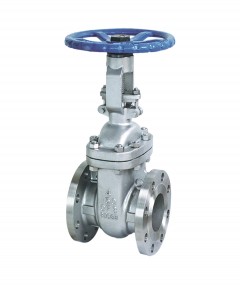
Ball Valves
A Ball Valve is a Valve that opens by turning a handle attached to a ball inside the Valve. The ball has a hole, or port, through the middle so that when the port is in line with both ends of the Valve, flow will occur. When the Valve is closed, the hole is perpendicular to the ends of the Valve, and flow is blocked.
The handle or lever will be inline with the port position letting you "see" the Valve's position. The Ball Valve, along with the Butterfly Valve and Plug Valve, are part of the family of quarter turn Valves.
Ball Valves are durable and usually work to achieve perfect shutoff even after years of disuse. They are therefore an excellent choice for shutoff applications (and are often preferred to Globe Valves and Gate Valves for this purpose). They do not offer the fine control that may be necessary in throttling applications but are sometimes used for this purpose.
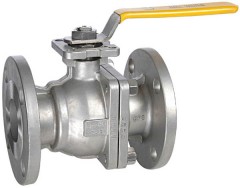
Globe Valves
A Globe Valve is a type of Valve used for regulating flow in a pipeline, consisting of a movable disk-type element and a stationary ring seat in a generally spherical body.
Globe Valves are named for their spherical body shape with the two halves of the body being separated by an internal baffle. This has an opening that forms a seat onto which a movable plug can be screwed in to close (or shut) the Valve. The plug is also called a disc or disk. In Globe Valves, the plug is connected to a stem which is operated by screw action in manual Valves. Typically, automated Valves use sliding stems. Automated Globe Valves have a smooth stem rather than threaded and are opened and closed by an actuator assembly. When a Globe Valve is manually operated, the stem is turned by a hand wheel.
Globe Valves are used for applications requiring throttling and frequent operation. For example Globe Valves may be used as sampling Valves, which are normally shut except when liquid samples are being taken. Since the baffle restricts flow, they're not recommended where full, unobstructed flow is required.
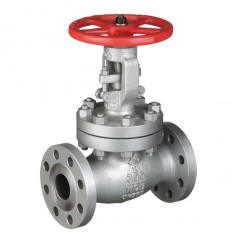
Check Valves
A Check Valve is normally allows fluid (liquid or gas) to flow through it in only one direction. Check Valves are two-port Valves, meaning they have two openings in the body, one for fluid to enter and the other for fluid to leave.
Check Valves work automatically and most are not controlled by a person or any external control; accordingly, most do not have any Valve handle or stem.
An important concept in Check Valves is the cracking pressure which is the minimum upstream pressure at which the Valve will operate. Typically the Check Valve is designed for and can therefore be specified for a specific cracking pressure.
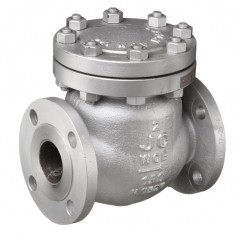
Butterfly Valves
A Butterfly Valve is typically used to regulate a fluid flowing through a section of pipe. The Valve is similar in operation to a Ball Valve. A plate or disc is positioned in the center of the pipe. The disc has a rod passing through it that is connected to an actuator on the outside of the Valve. Rotating the actuator turns the disc either parallel or perpendicular to the flow.
Unlike a Ball Valve, the disc is always present within the flow, therefore a pressure drop is always induced in the flow, regardless of Valve position.
